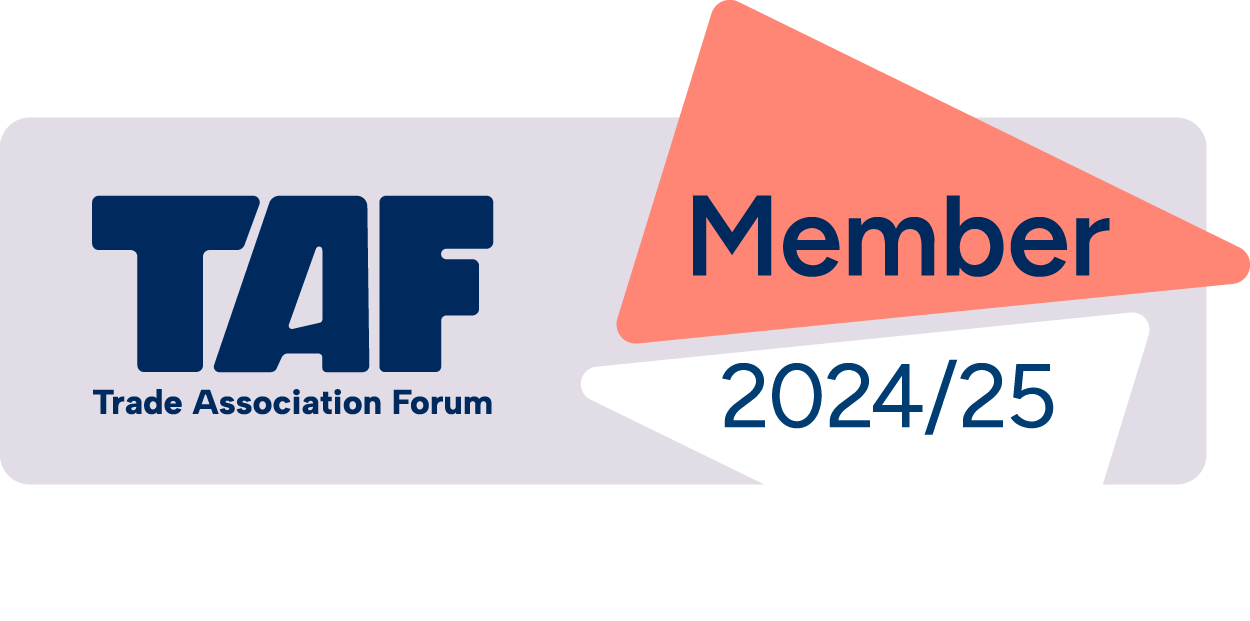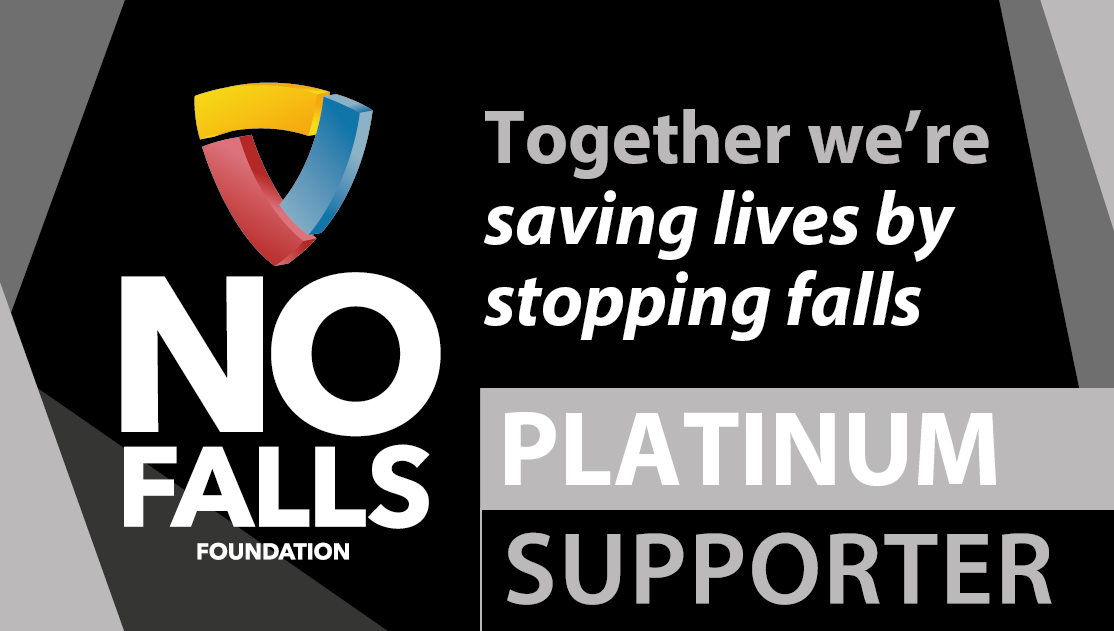Latest research commissioned by the Ladder Association has again highlighted serious concerns that unsafe and potentially dangerous ladders are being sold online to unsuspecting consumers in the UK.
The study, the third of its kind carried out by the Association in three years, found that 100% of commercially available telescopic ladders tested in the study, bought from third-party sellers via online marketplaces, failed to meet the minimum safety requirements designed to keep users safe. Worse still, the research found that 9 out of 10 of the failed ladders were marked and sold as ‘compliant’ in a deliberate attempt to mislead consumers.
While there are manufacturers producing ladders that meet the safety standards, the study showed that a significant number of ladders available on the market – and sold by some of the country’s biggest online marketplaces including Amazon, eBay and B&Q Marketplace – fall well below basic safety requirements. Many of these ladders appear fit for purpose and some even display bogus compliance labelling, giving customers false assurance.
Working at height can be risky enough, without the additional danger of shoddy ladders – every 11 minutes in the UK, someone attends A&E after sustaining an injury involving a ladder1. A fall from height can cause life changing injury, and in some cases, can even be fatal.
The aim of this latest report is to again shine a light on the very real dangers of poor-quality ladders for sale via online marketplaces and to raise awareness with consumers to purchase genuine, certified products to prevent injuries caused by unsafe equipment. The Ladder Association is calling on the Government to introduce appropriate and robust secondary legislation to support the Product Regulation and Metrology (PRAM) Act and hold suppliers and online platforms accountable for selling safe products. Further still, where products sold online claim to have product certification, the Ladder Association want to see these claims verified and proof of certification published.
Telescopic leaning ladders have become much more popular in recent years, partly because they require a small storage space compared to other types of ladder; they’re lightweight and compact and are adjustable in size and working height. To be certain they’re as safe as they should be, they should be manufactured to comply with product standard EN 131-6. It was against the most safety critical requirements of this standard that the sample products were tested at the UKAS accredited independent Test & Research Centre in Soham.
Peter Bennett OBE, Executive Director of the Ladder Association, commented: “Making sure consumers are safe is our number one priority and we are committed to raising awareness of potentially harmful ladders. We are aware of below-standard ladders being sold across the UK to unsuspecting customers, and we are particularly unsettled to again see evidence of the widespread non-compliance of products sold by third-party sellers via online marketplaces.
“The evidence we have found of unsafe ladders being retailed in the UK is astounding. 8 out of 10 telescopic ladders we tested in this study did not meet the minimum safety requirements designed to keep users safe. These ladders are dangerous and have the potential to cause serious injury. Our message is clear: do not assume that products sold by online marketplaces are safe.”
David Gray, Chairman of the Ladder Association, added: “Our research carried out in this Telescopic Ladder Surveillance Survey underlines the importance of putting safety first when it comes to purchasing ladders. It’s easy to assume that ladders being sold from a recognisable site are ‘trustworthy’ and these marketplaces would only sell tried and tested products, but sadly this is not always the case. Online marketplaces cannot continue to put the onus of responsibility onto the sellers – they must take greater responsibility for consumer safety.”
Founded in 1947, the Ladder Association is the voice of the industry and promotes the highest standards and competence, while working with major bodies including the Health & Safety Executive, Office for Product Safety and Standards and Trading Standards. The Association harnesses its own expertise along with that of its member companies to support technical excellence, safety and best practice in the interests of ladder users everywhere. All Ladder Association members are required to make or supply ladders that meet the current product standard.
To find out more information on the Step Up to Safe Ladders campaign and to view the full report, please follow the link: www.ladderassociation.org.uk/step-up
Source:
1 Hospital data from NHS England, NHS Wales and Public Health Scotland
– ENDS –
For more information:
Please contact our Marketing & PR team: marketing@ladderassociation.org.uk
Notes to Editors:
- Founded in 1947, the Ladder Association is the not-for-profit lead industry body dedicated to promoting the safe use of portable ladders.
- Members include manufacturers, rental companies and training providers. Separately, these businesses innovate and compete. But when it comes to advancing user safety, they all work together.
- Membership of the Ladder Association shows clear commitment to adhere to the Ladder Association Code of Practice which puts safety at the heart of everything members do.
- The Ladder Association works closely with a number of organisations to support codes of good practice, minimum standards for equipment, trained and qualified operatives and education in the work at height sector. These include the Health & Safety Executive (HSE), the Office for Product Safety and Standards (OPSS), the British Standards Institution (BSI) and other National Standards Bodies, the Access Industry Forum (AIF), the No Falls Foundation, and the Royal Society for the Prevention of Accidents (RoSPA).
- Test & Research Centre Ltd is a UKAS accredited, not-for-profit Certification Body, Test Laboratory and training facility that specialises in access equipment, based in Soham, Cambridgeshire.








